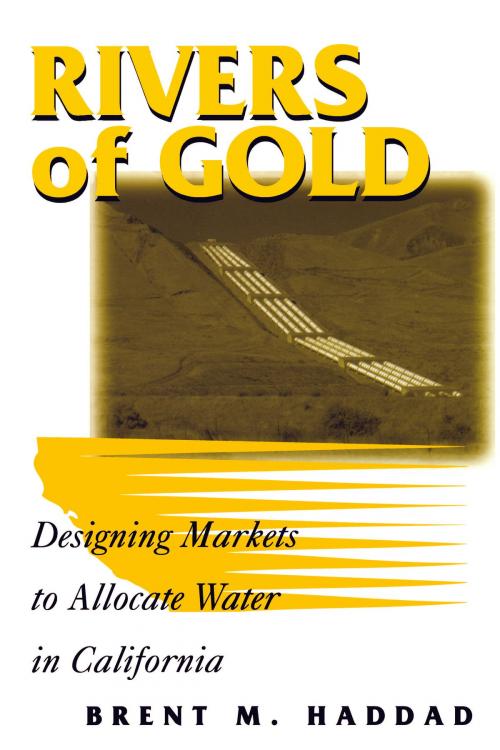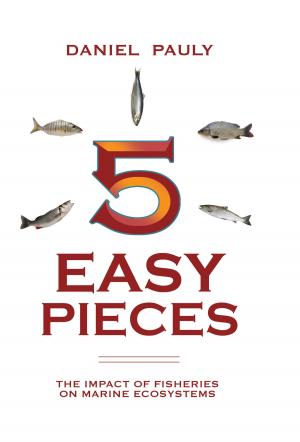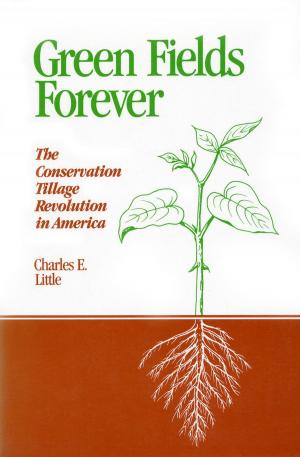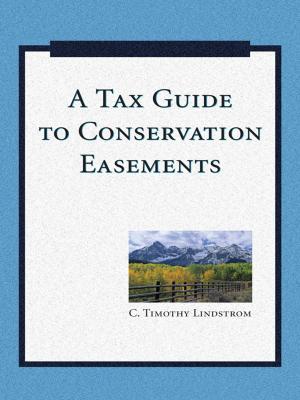Rivers of Gold
Designing Markets To Allocate Water In California
Nonfiction, Science & Nature, Nature, Environment, Rivers, Business & Finance, Economics| Author: | BrM. Haddad | ISBN: | 9781610913164 |
| Publisher: | Island Press | Publication: | June 22, 2012 |
| Imprint: | Island Press | Language: | English |
| Author: | BrM. Haddad |
| ISBN: | 9781610913164 |
| Publisher: | Island Press |
| Publication: | June 22, 2012 |
| Imprint: | Island Press |
| Language: | English |
The movemto implemmarket-based approaches to allocating water is gaining ground across California and in other western states. Proponents argue that markets offer an efficiand cost-effective means of promoting conservation -- those who need water would pay for it on the open market, while others would conserve rather than pay increased prices.Rivers of Gold takes a new look at California's water-reallocation challenge. The author explains the concept of water markets and the economic theory undergirding them. He shows how some water markets have worked -- and others have failed -- and gives the reader the analytic tools necessary to understand why. The book: provides an overview of water-supply issues in California compares the situation in California with that of other western states considers the differproperty rights regimes governing curruse and their fit with water market institutions explains how water markets would work and their benefits and drawbacks as an allocation mechanism presents a series of case studies of water markets currently in effect in California offers a list of principles for water market designRivers of Gold offers a balanced understanding of both the role that markets can play in reallocating water and the limitations of the market mechanism. In the end, the author offers a comprehensive assessmof the institutional design features that any water market should incorporate if it is to reallocate water effectively, in California or in any other region where water is scarce.Rivers of Gold is the first book to provide a detailed examination of water markets and the institutional design issues associated with them. It is the only book available that presents in-depth case studies of actual water-market transactions, and will be essential reading for water resource professionals and resource economists, as well as for students and scholars of environmental policy, environmental economics, and resource economics.
The movemto implemmarket-based approaches to allocating water is gaining ground across California and in other western states. Proponents argue that markets offer an efficiand cost-effective means of promoting conservation -- those who need water would pay for it on the open market, while others would conserve rather than pay increased prices.Rivers of Gold takes a new look at California's water-reallocation challenge. The author explains the concept of water markets and the economic theory undergirding them. He shows how some water markets have worked -- and others have failed -- and gives the reader the analytic tools necessary to understand why. The book: provides an overview of water-supply issues in California compares the situation in California with that of other western states considers the differproperty rights regimes governing curruse and their fit with water market institutions explains how water markets would work and their benefits and drawbacks as an allocation mechanism presents a series of case studies of water markets currently in effect in California offers a list of principles for water market designRivers of Gold offers a balanced understanding of both the role that markets can play in reallocating water and the limitations of the market mechanism. In the end, the author offers a comprehensive assessmof the institutional design features that any water market should incorporate if it is to reallocate water effectively, in California or in any other region where water is scarce.Rivers of Gold is the first book to provide a detailed examination of water markets and the institutional design issues associated with them. It is the only book available that presents in-depth case studies of actual water-market transactions, and will be essential reading for water resource professionals and resource economists, as well as for students and scholars of environmental policy, environmental economics, and resource economics.















